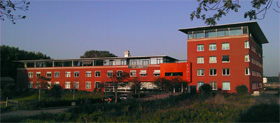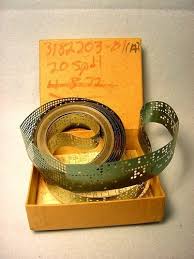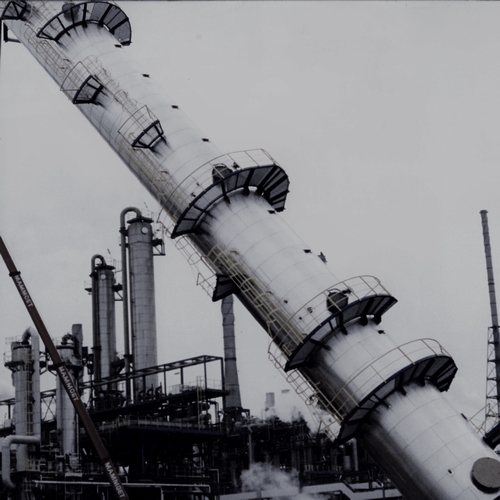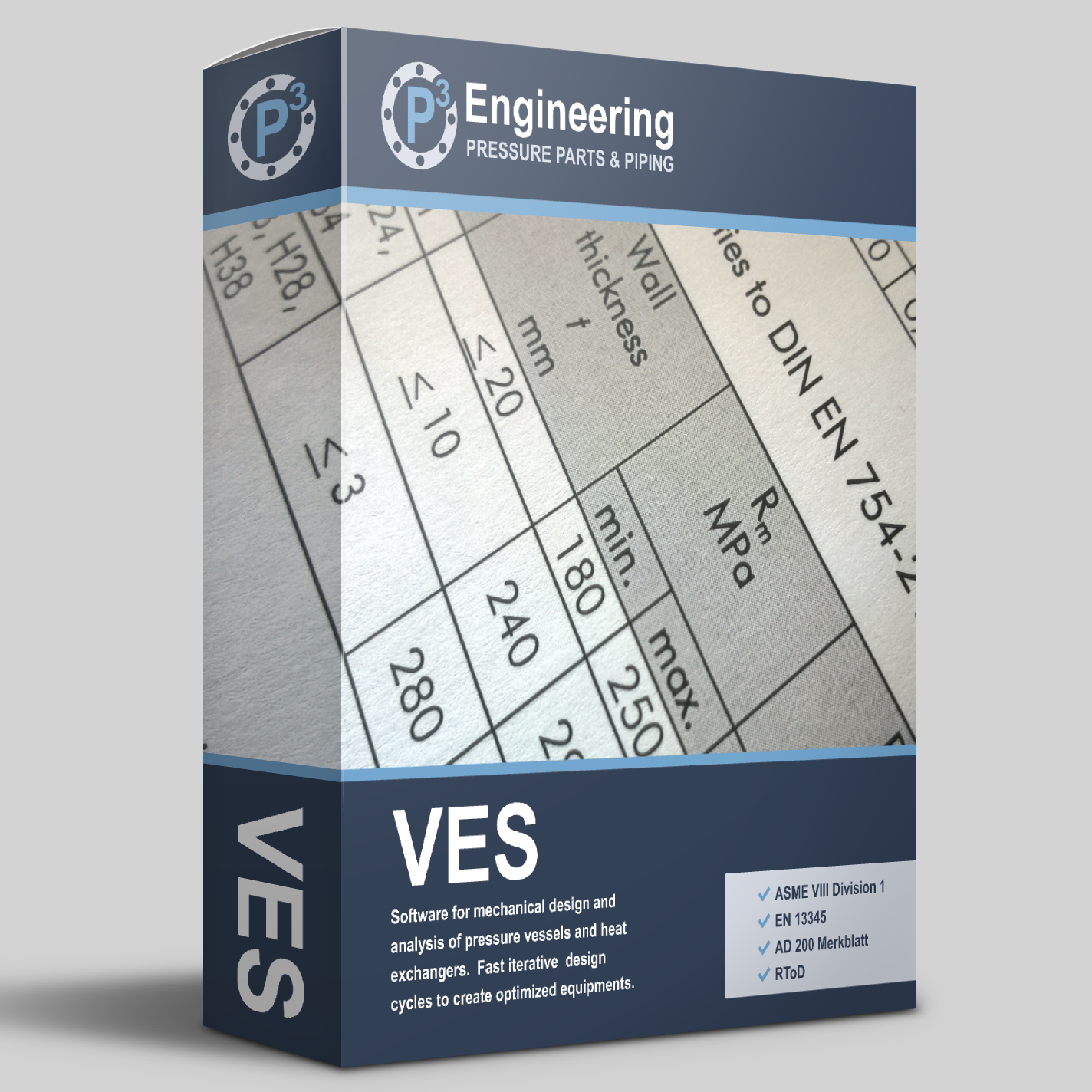About us
P3 Engineering develops software for the mechanical design, analysis and assessment of pressure vessels according to national and international standards. Our products are used to manufacture, maintain and inspect pressure equipment or parts thereof. Together with our customers we strive for accessible and reliable software to carry out this work as well as possible.
In addition, we have been providing engineering services for more than 20 years, such as the calculation of columns, heat exchangers and other types of pressure vessels. We use this practical experience and the interaction with clients to further optimize the software.

Delft, the Netherlands
Our vision
Computer systems play an important role in unlocking specialised knowledge and data. Solving complex issues will increasingly require multiple specialised systems to work together. The development of specialist subsystems is often not part of the core activity of companies. For this reason, services offered by external parties will increasingly be used for this purpose. These provide and maintain the specialist knowledge. This requires service-oriented systems that can adapt to the ever-changing needs of the users. Important aspects here include reliability, availability, continuity and a standard for exchanging mechanical design data.
Our mission
Our mission is to make the knowledge in norms and standards for pressure vessels available in a clear, comprehensible and verifiable manner. This should lead to a better design that is safe, sustainable and economic. Not only the standards are important here, but also practical knowledge of manufacturing and maintenance of pressure equipment like calculating bolt tightening torques for sealing flanges or analyzing corroded pressure vessel components. We do this by developing innovative and accessible software which meets the standards and also takes into account manufacturability and maintainability like our heat exchanger design module.
History
1971
It started with a Taylor Forge flange calculation made by Gijs van der Voet for the company Badger. The program was written in Fortran and ran on a Univax computer. It was stored on a magnetic medium and the data was read from a punch card.
1984
The first version of the TEMA 'Shell and Tube' heat exchanger design module was created by Gijs van der Voet. The program was suitable for x86 processor based PC's. The same year, a program for calculating wind loaded columns was started.

1998
The company Vessel Engineering Software (VES) is founded. All programs are made suitable for MS Windows 3.1. The AD Merkblatter and EN 13445 standards are added over time. The first customers are Raytheon E&C, ABB Lummus, Kvaerer and Fluor.
2008
The company VES merges with the company Red-Bag. These years the program Pipe Component Classes (PCC) is made for the calculation of complete pipe specifications. The company acquires new customers such as Shell, Akzo, British Petrol, Dow and BASF who work with VES and PCC.

2018
The company P3 Engineering was founded after a split-up of the company Red-Bag in order to be able to fully focus on the development of software for pressure vessels. The goal is to develop accessible software that helps the user to make design decisions. For this purpose we are working on a new framework for service oriented services where reliability, availability and continuity are central.
